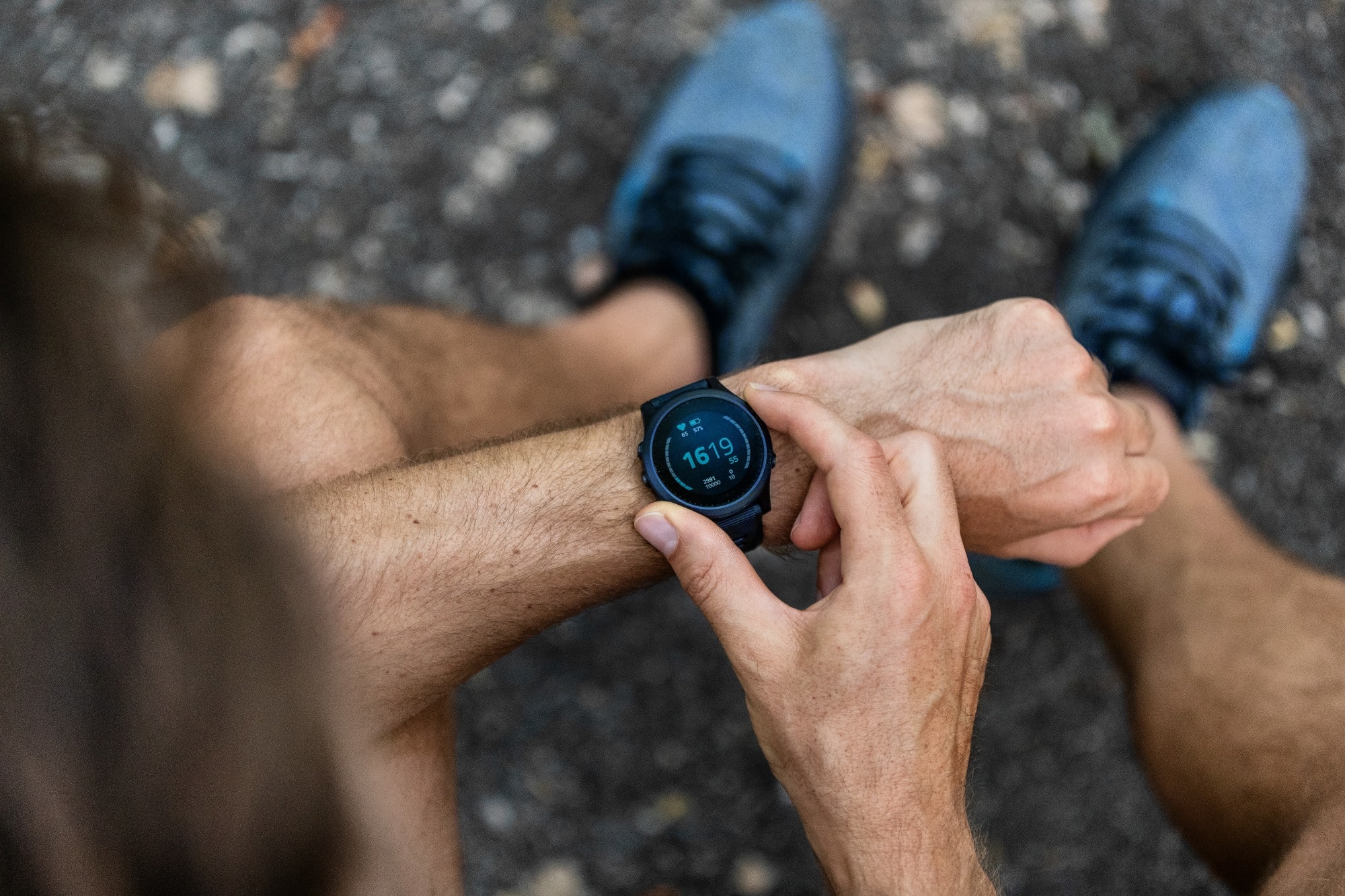The Rise of Wearable Health Technology
The popularity of wearable health devices has surged in recent years, driven by an increasing emphasis on preventive healthcare and proactive disease management. These devices, including fitness trackers and smartwatches, enable continuous monitoring of vital physiological parameters such as heart rate, activity levels, sleep patterns, and advanced metrics like electrocardiograms (ECGs) and blood pressure. The COVID-19 pandemic has accelerated their adoption as they offer a practical means to remotely monitor patient health, minimize hospital visits, and reduce healthcare provider exposure to pathogens.
How Wearables Work
Wearable devices contain miniature sensors that track key physiological signals. Essential sensors include accelerometers, photoplethysmography (PPG) sensors, and temperature sensors. These sensors collect and transmit data, enabling wearables to detect heart rate variability (HRV) and oxygen saturation levels. Integrated apps utilize proprietary algorithms to convert raw sensor data into meaningful insights, including analysis of sleep cycles, summaries of daily activity, and real-time health alerts.
Preventative Health Benefits
Wearable devices leverage early detection, chronic disease management, and behavior modification to enhance health outcomes. Continuous glucose monitors (CGMs) offer real-time glucose readings, improving diabetes control. Smartwatch-based algorithms detect atrial fibrillation (AFib) episodes, enabling early intervention and reducing stroke risk. Wearables also facilitate behavior modification through biofeedback and activity tracking, promoting increased physical activity and healthier lifestyle choices.
Healthcare System Integration
Pilot programs integrating wearable devices with telehealth and electronic health records (EHRs) demonstrate significant promise for enhancing healthcare delivery. Apple’s Health app consolidates data from various devices, enabling patients to share information with clinicians and fostering more meaningful patient-provider interactions. Successful implementations, such as those at Ochsner Health System and Kaiser Permanente, emphasize clear problem identification, seamless integration into healthcare delivery, and personalized patient experiences.
Industry Landscape
The wearable technology sector is led by prominent consumer brands like Apple, Fitbit, and Withings, which have popularized health monitoring through user-friendly devices. Emerging companies like iRhythm and Whoop offer specialized medical-grade devices providing precise data on cardiac rhythms, sleep analysis, and respiratory rates. The landscape is rapidly diversifying, blending consumer-grade convenience with medical-grade accuracy.
Data Privacy and Limitations
Wearable health devices raise critical concerns regarding data privacy and device accuracy. Ensuring compliance with regulations like GDPR and HIPAA is essential for maintaining public trust. Healthcare organizations must implement strict data security measures, including encryption and role-based data access controls. Fostering transparency in data usage and encouraging industry self-regulation are also vital.
Future Developments
Emerging technologies are enhancing the accuracy, comfort, and versatility of wearable biosensors. Advances in microfabrication and flexible electronics facilitate unobtrusive monitoring of physiological metrics. Integration with artificial intelligence (AI) enables sophisticated data interpretation and predictive analytics, empowering users and healthcare providers to proactively manage health. Future developments anticipate hybrid wearable-implantable systems, revolutionizing telemedicine and remote patient care.



